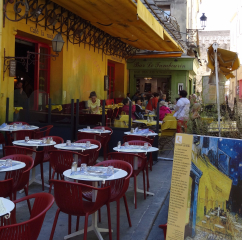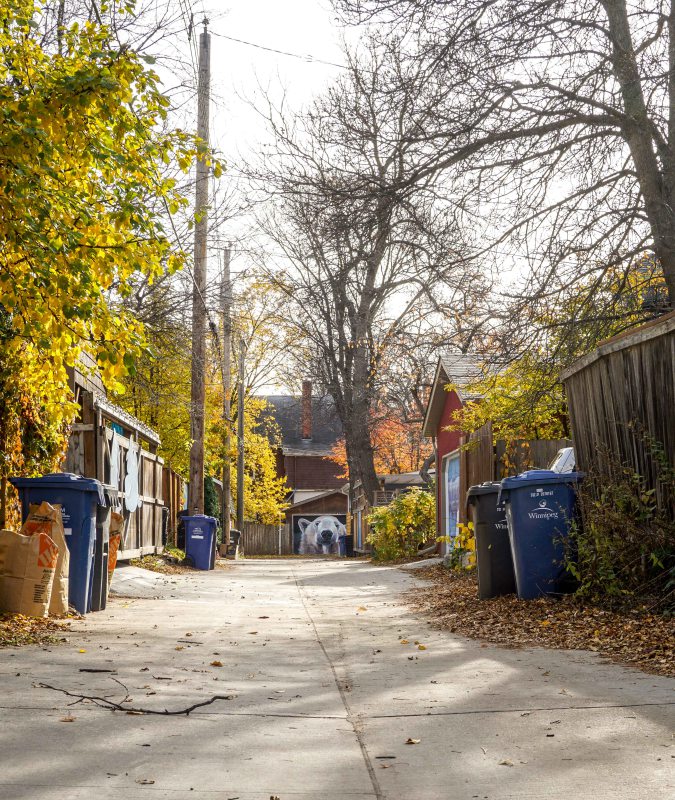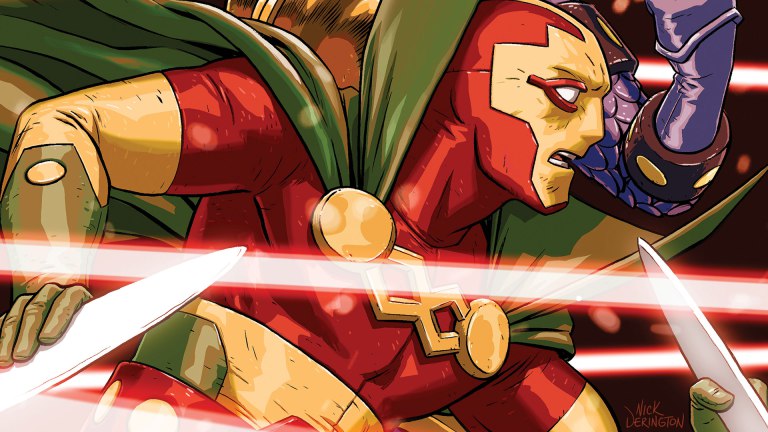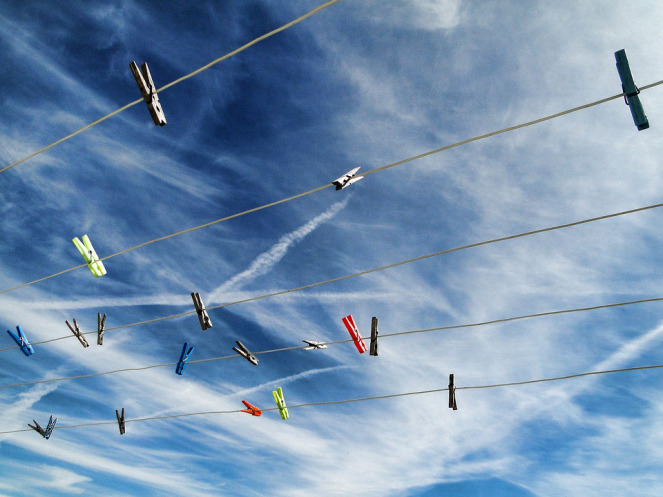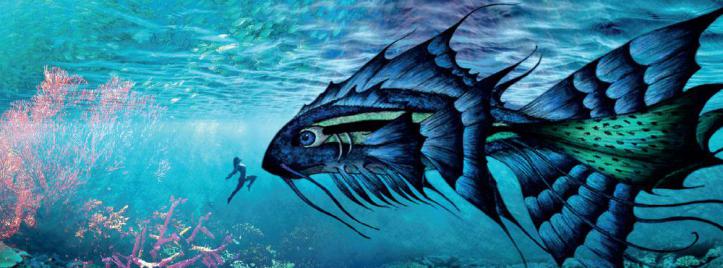In 2014 Barry Eisler penned a prequel book called ‘Graveyard Of Memories‘ which took us back to the Tokyo city of 1972 and the ninth John Rain novel ‘Zero Sum’ throws forward a decade to 1982. I’m not sure if Rain will return to modern day action again but for now there’s plenty of milage to be gained from dipping into his past.


The latest book was released at the end of June this year but I thought that it was only in hardback so I refrained from getting an immediate copy as usual. When I checked again in September I saw that there was a paperback version (maybe there was always one!) and so I picked up a copy on Amazon and read it back in October over a couple of weeks. I’m not 100% sure but it seems like the cover shot (above) is an old picture from the west side of Shinjuku (7-chome). Of course the steps look a bit different so I’m a bit uncertain. If you know or think the steps are not these ones then let me know!
Page numbers refer to the time when they are first mentioned in the paperback version of the novel. Usually I list the places in chronological order but lets start with what I consider to be the three most major locales. * Minor spoilers are included below, you have been warned!
Ueno Park played a pivotal role in the previous Rain novel and it does in this one too. The Tokyo National Museum (13-9 Ueno Park, Taito-ku) has been around since the 19th century and is Japan’s oldest national museum. Rain walks past the fountain along the esplanade in front of the museum (page 58) where Italian love interest Maria works. The fountain had been replaced by some art exhibit (below) when I went there recently. Japan’s largest art museum really is at the heart of much of this story.


I’m too tight to pay to go inside but Barry Eisler did publish some interesting photos of the museum’s interior in his Facebook album and I have sneakily attached two of his pictures below. Click here to see the whole album or simply go to barryeisler.com and follow the link from there.

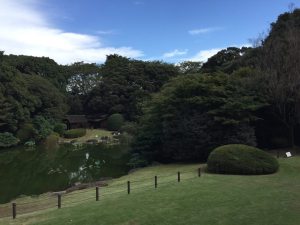
Zenko-ji Temple (3-5-17 Kita Aoyama, Minato-ku) (page 98) is a rather nondescript temple (below) located very close to Omotesando station where Rain gets more acquainted with Maria and it is appears at the climax of the story. I said earlier that spoilers are included here but as this happens towards the end of the book I had better not reveal too many details!
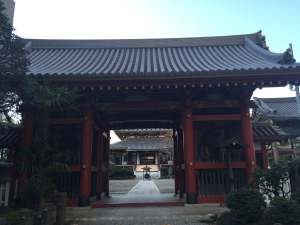

Bar Radio (3-10-34 Minami-Aoyama, Minato-ku) (page 73) is very much a real place although it has gone through several incarnations. Eisler describes it as it appears today which works in a story set in 1982 because the bar (below) is timeless.
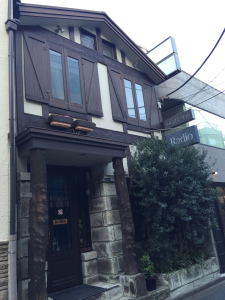

Returning to the start of the story, it begins at Hamarikyu Gardens (1-1 Hamarikyuteien, Chuo-ku) (page 1) with Rain meeting up with Liberal Democratic Party fixer Miyamoto. They visit the Nakajima Teahouse (below) and savor small sips of strong green tea where the wheels are put in motion for what is the main story of ‘Zero Sum’. Their meeting drew parallels with the previous Rain story.

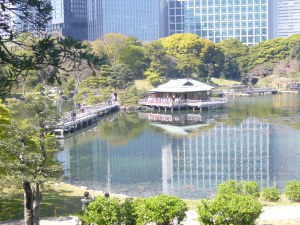
Rain opens up a file about a target whilst sitting on a bench in Hibiya Park (page 24) which is exactly what he did ten years earlier in Rain #8. He returns to this park (below) later in the book as he racks his brain about what move main antagonist Victor will make next.
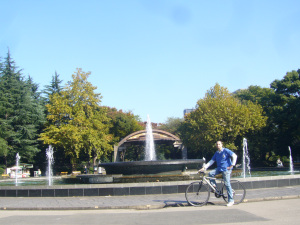
The original Main Wing of Hotel Okura (page 32) was demolished in 2015 and will re-open in 2019 ahead of the 2020 Tokyo Olympics. It was of course around in 1982 for the setting of this story. It’s located at 2-10-4 Toranomon in Minato ward and is no stranger to books having appeared in ‘1Q84‘ by Haruki Murakami and the ‘You Only Live Twice‘ novel from Ian Fleming. It also featured on the big screen in ‘Walk, Don’t Run‘ (1967) starring Cary Grant. The Orchid Bar at the hotel (page 73) also gets a mention later in the story.


On his way to the aforementioned National Museum, Rain strolls through the park but decides to avoid Shinobazu Pond (page 58) where he had “died” a decade earlier.

Rain considers bars that he could take Maria to for a drink. He chooses Bar Radio (page 73) but before that he mentions Bar Kamiya (1-1-1 Asakusa, Taito-ku).

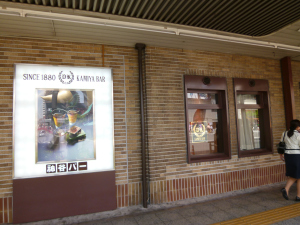
Zoshigaya Cemetery (4-25-1 Minami Ikebukuro, Toshima-ku) (page 76) is a place where Rain reminisces satisfyingly about events from 1972 and looks ahead to what he has to do to deal with Victor and his right hand man Oleg.
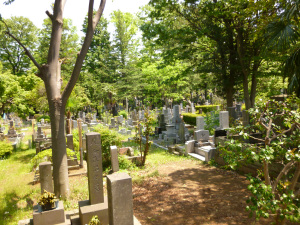
The men’s department on the sixth floor of Mitsukoshi Ginza (4-6-16 Ginza, Chuo-ku (page 93) crops up a few times in the book beginning with Rain getting kitted out for his date with Maria.
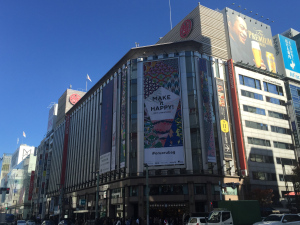
If you wander up the road from Shibuya crossing and take the left fork at 109 then you follow Dogenzaka and soon come to Hyakkendana (page 115). When I went to check it out recently I was quite surprised to see there’s actually a kind of gateway entrance (complete with English signage too) to the area. Hyakkendana literally translate as a hundred stores with many of them being love hotels.
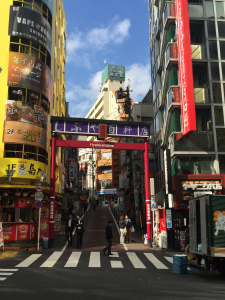

Rain was already familiar with the area thanks to Shibuya Lion (below, page 115) coffee shop at 2-19-13 Dogenzaka which McGraw used to like using for dead drops such as in ‘Graveyard Of Memories‘. The place is quite unique with no-one talking and unlike the rest of modern Japan, no-one is using mobile phones as there is a sign on the door saying “no mobiles”.
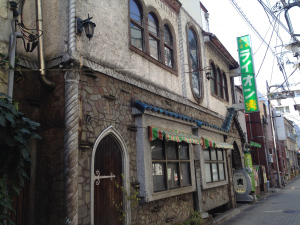
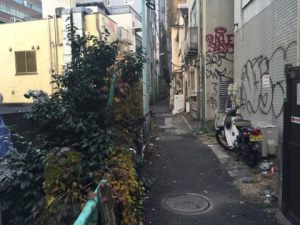
As Rain and Maria leave the love hotel (the fictional Hotel Elegant), he notices that a couple of foreigners are on his tail so he ambushes them in this alley (above) (page 125) which is on the left as you walk up Hyakkendana towards Shibuya Lion. The alley features a rusted weed-covered metal fence, clots of garbage, graffiti-covered backs of buildings lined with trash containers, broken furniture and abandoned appliances with power lines rampant overhead. Not the kind of place anyone in their right mind would photograph in Tokyo!!
Hotel Elegant (page 116) isn’t the only figment of Eisler’s imagination as Moonglow Ginza (page 96) and Super Doll (page 188) were also made-up.
Rain enjoys the feeling of communing with the dead and Somei Reien Cemetery (5-5-1 Komagome, Toshima-ku) (page 144) offers him such solitude and contemplation.
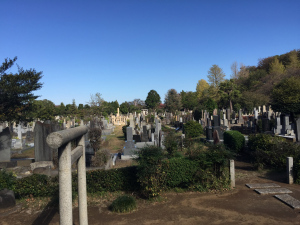
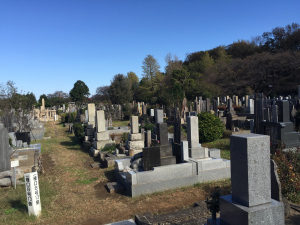
Located on the Ginza line, Gaienemae station (page 149) is a couple of stops away from Shibuya and the scene of another attempted ambush upon Rain as he meets with Miyamoto again.

Hikawa jinja Shrine (6-10-12 Akasaka, Minato-ku) (page 160) is one of the Ten Shrines of Tokyo and was part of a bicycle ride I did in 2012 visiting all of them in one day. It’s mossy grounds play a very small part of the story with Rain basically just enjoying the calm and solitude of the place whilst reflecting on an incident with the foreign guy at Gaienmae station.

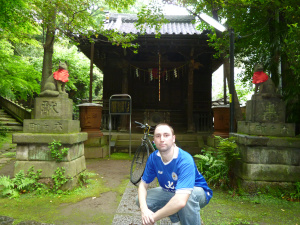
Chokokuji temple (2-21-34 Nishiazabu, Minato-ku) (page 162) is another meeting place for Miyamoto and Rain.


Just east of Ueno lies Yoshiwara (page 181); a seedy area which has been operating as a pleasure district since the 17th century. In the past it was surrounded by a moat and accessible by two entry points but nowadays there is no clear sign marking ones entry into Yoshiwara. The area almost perfectly corresponds to today’s Senzoku 4-Chōme in Taitō-ku.
Oleg meets his maker in this soaplands area full of tacky, gaudy decor where bouncers stand outside funnily named sex trade shops primarily used by visiting clients ordering girls from one of the local purveyors. Anyone wanting more information about this area should read this post from The Tokyo Files.
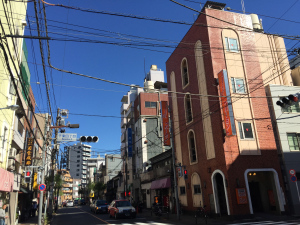

Tokanji Temple (page 183) gets a mention but I just could not find this on any maps app or on Google. Eisler assured me himself that it wasn’t made up but he couldn’t remember where exactly it was. Whilst cycling around the area I did come across Yoshiwara Benzaiten (3-22 Senzoku, Taito-ku) which has an interesting history. It was the place where the female workers in the area would come to pray and is decorated with pictures of Yoshiwara from the old days.


Having originally stayed at some low-class hotels, Rain finally has a bit of luxury and stays at the Imperial Hotel (1-1-1 Chiyoda-ku) (page 209) as he prepares for another night of passion with Maria and for his showdown with Victor in Ueno. This hotel featured in the comedy drama ‘Wasabi‘ (2001) starring Jean Reno.


Just across the road from the Tokyo National Museum is Kan’ei-ji buddhist temple (1-14-11 Uenosakuragi, Taito-ku) (page 221) which is bypassed by the majority of tourists. Rain is dropped off here by taxi ahead of his final confrontation with Victor.
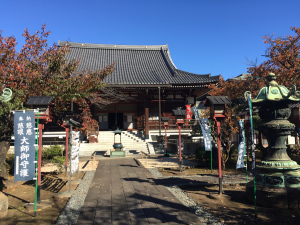
Tsukiji fish market isn’t a proper locale in this story but the streets surrounding (page 231) it do get a mention as Rain uses a pay-phone to call Maria as the story draws to a conclusion.

For other John Rain entries please click on the following:
Rain Fall Film Rain Fall Film Review Prelude Part I Part II Part III Part IV Part V Part VI Part VII Part VIII Part IX Part X
Share this: